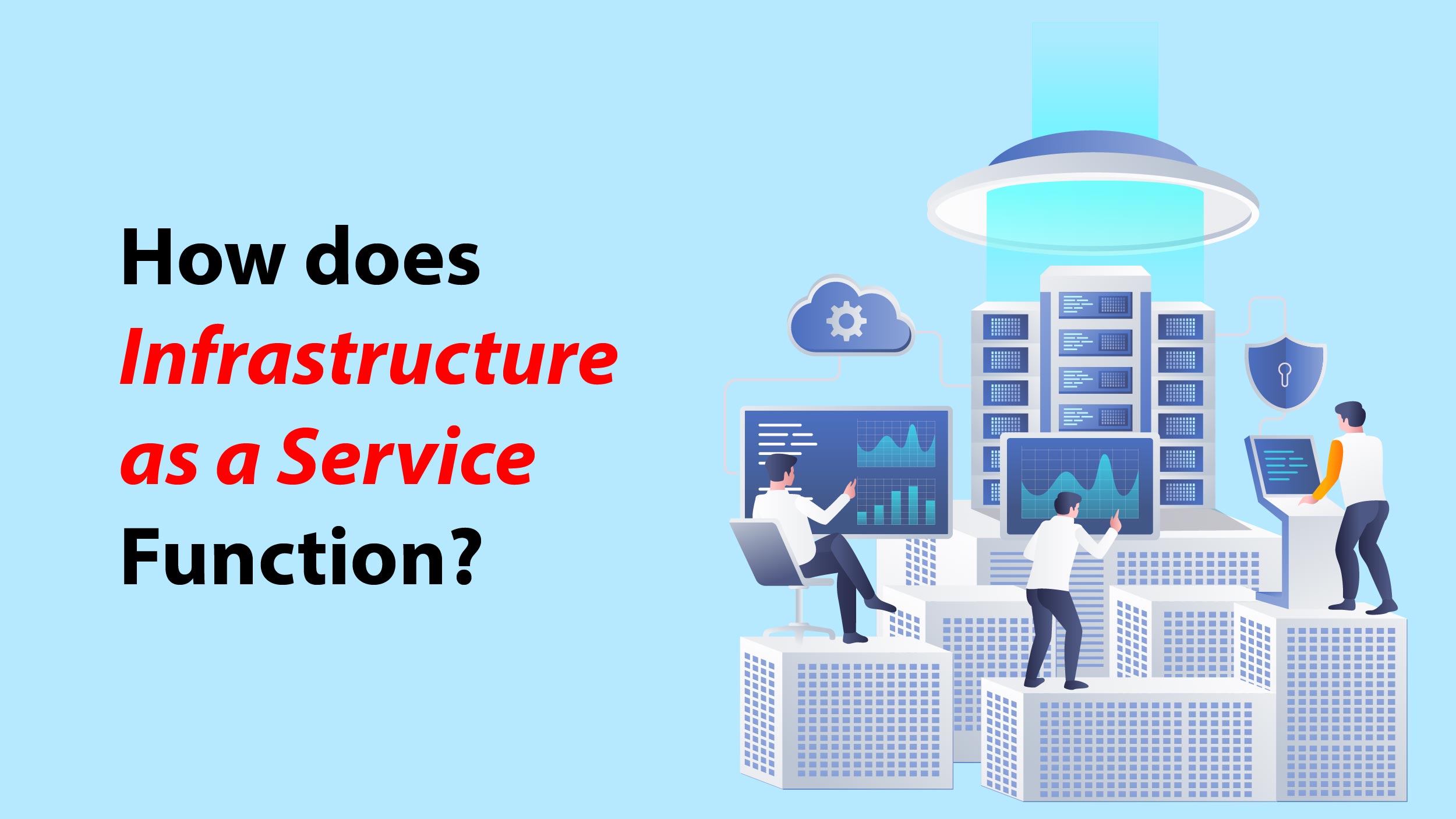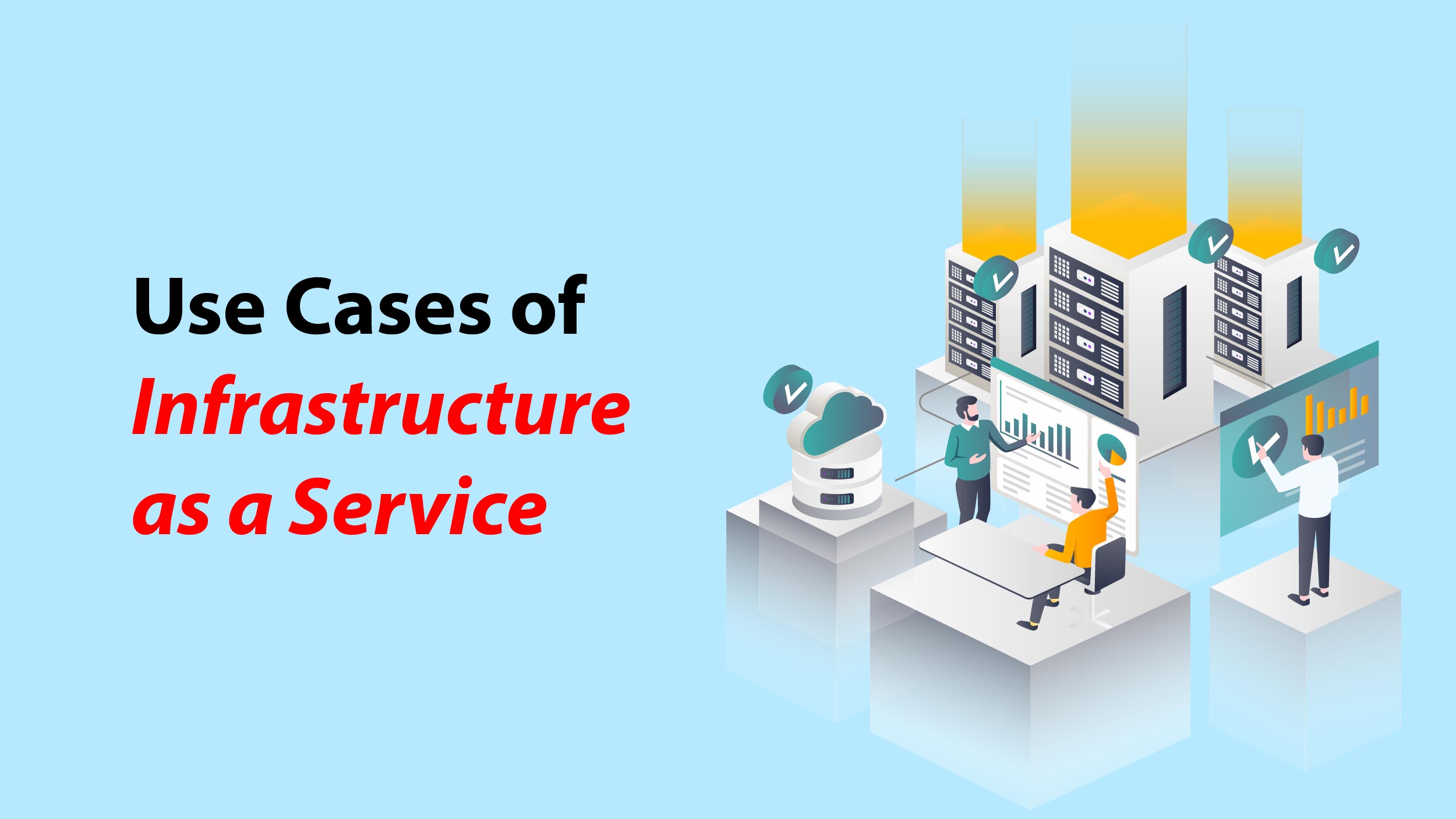In today’s rapidly evolving digital landscape, businesses face numerous challenges in managing their IT infrastructure. The traditional approach of investing in and maintaining physical hardware is often costly, time-consuming, and inflexible. This has led to the emergence of Infrastructure as a Service (IaaS) as a revolutionary solution that promises businesses the agility and scalability they need to thrive in the digital age. In this blog, we will explore what IaaS is, its benefits, use cases, challenges faced, and ultimately, why it is the future of IT infrastructure.
What is IaaS?
Infrastructure as a Service (IaaS) is a cloud computing model that provides businesses with virtualized computing resources over the Internet. It eliminates the need for businesses to invest in and maintain physical hardware and allows them to access scalable and flexible IT infrastructure on demand. With IaaS, businesses can focus on their core competencies while leaving the complexities of infrastructure management to the service provider.
Benefits of IaaS
With public cloud IaaS revenues expected to jump from $115 billion in 2022 to over $150 billion by 2023, it’s evident that businesses are increasingly embracing this model. Let’s take a look at the benefits it offers:
- Cost Savings: By adopting IaaS, businesses can significantly reduce their capital expenditure on hardware and infrastructure maintenance. They only pay for the resources they use, allowing for cost optimization and greater financial flexibility.
- Scalability and Flexibility: IaaS offers businesses the ability to scale their infrastructure up or down based on their needs. This scalability allows businesses to quickly respond to changing market demands and handle unpredictable spikes in traffic without any disruption.
- Enhanced Security: Infrastructure as a service providers invest heavily in security measures, ensuring that businesses’ data is protected against cyber threats. They employ advanced encryption, data backup, and disaster recovery systems, offering businesses peace of mind and reducing the risk of data breaches.
- Improved Business Agility: With IaaS, businesses can rapidly deploy new applications, services, or infrastructure without the need for significant upfront investment or time-consuming hardware setup. This agility enables businesses to respond quickly to market opportunities, enhance productivity, and gain a competitive edge.
Also Read: 5 Best Practices to Bolster Your SaaS Security Strategy
How does Infrastructure as a Service Function?
 In IaaS, customers utilize resources and services via a wide area network (WAN), typically the Internet. They leverage the cloud provider’s offerings to set up the fundamental components of an application stack. For instance, users can access the Infrastructure as a service platform to create virtual machines (VMs), install operating systems on each VM, deploy middleware like databases, establish storage buckets for workloads and backups, and integrate enterprise workloads into the VMs. Furthermore, customers can utilize the provider’s services for cost tracking, performance monitoring, network traffic management, application issue troubleshooting, and disaster recovery management.
In IaaS, customers utilize resources and services via a wide area network (WAN), typically the Internet. They leverage the cloud provider’s offerings to set up the fundamental components of an application stack. For instance, users can access the Infrastructure as a service platform to create virtual machines (VMs), install operating systems on each VM, deploy middleware like databases, establish storage buckets for workloads and backups, and integrate enterprise workloads into the VMs. Furthermore, customers can utilize the provider’s services for cost tracking, performance monitoring, network traffic management, application issue troubleshooting, and disaster recovery management.
In any cloud computing model, a provider plays a crucial role. This provider is often a third-party entity specializing in offering IaaS. Amazon Web Services (AWS) and Google Cloud Platform (GCP) exemplify independent IaaS providers. Alternatively, a business may choose to establish a private cloud, thereby serving as its infrastructure service provider.
What is IaaS vs PaaS vs SaaS?
IaaS, PaaS, and SaaS are distinct cloud computing models that can be combined to meet various business needs.
In the IaaS model, users access and manage fundamental infrastructure components like virtual machines and storage resources provided by the cloud provider. This model offers flexibility and control over the environment but requires users to handle the setup and management of operating systems and other software components.
PaaS builds upon IaaS by providing additional services such as managed operating systems, middleware, and runtimes. While PaaS simplifies workload deployment, it may limit customization options compared to the IaaS model.
SaaS takes cloud computing a step further by offering fully managed applications hosted on the provider’s infrastructure. Users simply log in and use the application without the need for installation or maintenance. While SaaS offers convenience, users have limited control over the underlying infrastructure and software configuration.
Combining these models allows businesses to tailor their cloud environment to their specific requirements, balancing flexibility, control, and convenience according to their needs and preferences.
Use Cases of Infrastructure as a Service
 Startups and Small Businesses: IaaS is particularly beneficial for startups and small businesses that have limited resources. It allows them to leverage enterprise-level infrastructure without the high costs associated with purchasing and maintaining physical hardware.
Startups and Small Businesses: IaaS is particularly beneficial for startups and small businesses that have limited resources. It allows them to leverage enterprise-level infrastructure without the high costs associated with purchasing and maintaining physical hardware.- Development and Testing Environments: Infrastructure as a service provides developers and testers with a scalable and cost-effective environment to build, test, and deploy applications. It eliminates the need for dedicated hardware, reduces setup time, and offers the flexibility to spin up multiple environments as required.
- Disaster Recovery and Business Continuity: IaaS enables businesses to create robust disaster recovery and business continuity plans. By leveraging geographically distributed data centers and automated backup systems, businesses can ensure minimal downtime in the event of a disaster.
What are the Challenges Faced by Infrastructure as a Service?
- Security Concerns: While IaaS providers implement stringent security measures, businesses must still ensure proper data encryption, access control, and compliance with industry regulations. A breach in security can lead to potential data loss or unauthorized access.
- Vendor Lock-In: Switching between IaaS providers can be challenging due to the differences in infrastructure architecture and data formats. Businesses need to carefully consider vendor lock-in risks and ensure they have exit strategies in place.
- Network Dependency: The reliability and performance of infrastructure as a service are highly dependent on the quality and availability of the internet connection. Businesses need to have a robust network infrastructure to ensure seamless access to their IaaS resources.
The Bottom Line
Infrastructure as a Service offers businesses a flexible, scalable, and cost-effective solution to overcome the challenges associated with managing traditional IT infrastructure. With IaaS, businesses can focus on their core competencies, reduce costs, enhance security, and improve agility. While challenges such as security and vendor lock-in exist, the benefits of IaaS far outweigh these concerns. As businesses continue to adapt to the digital era, embracing IaaS is becoming essential for staying competitive and future-proofing their IT infrastructure.

































